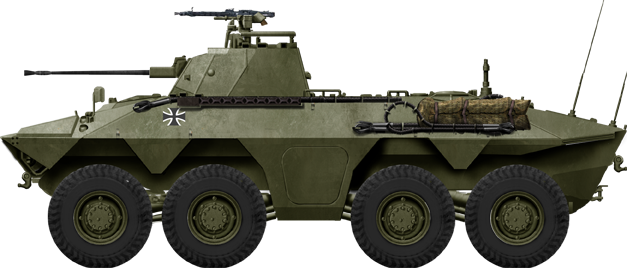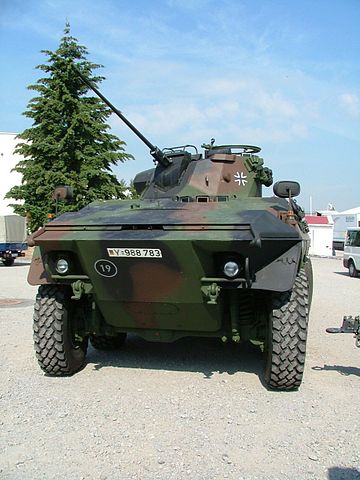 The Spähpanzer Luchs ("Lynx"), SpPz 2 A1 and A2 was a West German 8x8 amphibious reconnaissance armoured fighting vehicle (Spähpanzer), in service from 1975 to 2009. The Bundeswehr used 408 of these with the armoured reconnaissance battalions facing the "grenz" during the cold war. Developed by Daimler-Benz between 1968 and 1975 it replaced both the the M41 light tank and Schützenpanzer SPz 11-2 Kurz IFV developed in the 1960s. Very similar to more modern 8x8 AFVs, it was replaced itself by the current massive Boxer from 2009 (38 tons in battle order versus 19.5 tons). It's the perfect example on how this category grew and scaled up over the last decades.
The Spähpanzer Luchs ("Lynx"), SpPz 2 A1 and A2 was a West German 8x8 amphibious reconnaissance armoured fighting vehicle (Spähpanzer), in service from 1975 to 2009. The Bundeswehr used 408 of these with the armoured reconnaissance battalions facing the "grenz" during the cold war. Developed by Daimler-Benz between 1968 and 1975 it replaced both the the M41 light tank and Schützenpanzer SPz 11-2 Kurz IFV developed in the 1960s. Very similar to more modern 8x8 AFVs, it was replaced itself by the current massive Boxer from 2009 (38 tons in battle order versus 19.5 tons). It's the perfect example on how this category grew and scaled up over the last decades.
Spiritual successor of the Sd.Kfz.234 Puma
The Sd.Kfz.234 family, successor of the 233, brought to armoured reconnaissance units in WW2 and organic, complementary firepower on the same platform: The Sd.Kfz.224/1 was the basic reconnaissance vehicle, the /2 Puma was the heavier (50 mm) gun variant, the /3 Stummel was the artillery support and the /4 was the antitank component. Any of these vehicles were to be used as a new threat rose. All these were studied and in the early cold war, the Bundeswehr considered resurrecting heavy reconnaissance batallions. Based on this, tests were made with available vehicles.Traditionally, combat reconnaissance was not a preferred deployment option for German armored reconnaissance vehicles and rather, the mission was to spy on enemy positions and movements quickly, over a wide area and as unnoticed as possible. Their principle was "videre sine videri", "See a lot without being seen yourself". For this, the armored reconnaissance units need fast, highly mobile and, above all, quiet vehicle above any heavy armament consideration, which was an afterthought. Also the double driver was in the original specification, enabling the vehicle to quickly disengage rather than making a 180° turn under fire, especially in forests and small roads. On 12 November 1955 when the Bundeswehr was activated, its divisions were reformed with volunteers and whatever equipments were available, that is former allied vehicles still garrisoned in West Germany able to be quickly transferred, pending more modern equipments through MDAP or domestic industry.
The preferred base for reconnaissance were aging M8 Greyhounds in service until replacement in 1957-58. Aside these were a motly collection, the Schützenpanzer SPz 11-2 Kurz IFV being used as ad hoc reconnaissance vehicle, complemented with the M41 Walker Bulldog through MDAP. Alongside this, the Späpanzerregiments needed dedicated vehicles, leading to the development of two programs, the Spähpanzer Ru 251 and the Spähpanzer SP I.C.. The first was started as a program by 1960, as a new light reconnaissance tank with prototypes built in 1963 and 1964. They had the same gun as the Kanonenjagdpanzer 90 and dropped as the better Leopard I was adopted, whereas the second (SP I.C. or "SPIC") was a much smaller scout light tank developed from 1956 to bolster anti-tank capabilities of reconnaissance tank battalions, but it was cancelled also.
Development design of the Luchs
The development of the lynx started in the 1960s already, as it appeared tracked reconnaissance vehicle had a longer and more complicated development, whereas often costlier and more difficult to maintain. A return to an all-wheeled vehicle, especially in the already well proven 8x8 formula was written as a program starting point, looking notably at the old 234 with 25 years of distance. Instead of planning a whole serie of variants, a single type was defined, with a good autocannon, which was now a standard with Bundeswehr IFVs: A Rheintemall 20mm autocannon coupled with a guiding radar for better accuracy and optics for night or foggy conditions. The new vehicle also needed to be NBC protected, have smoke dischargers, and be amphibious. After a review of manufacturers, the DB proposal was among the ones chosen with Büssing and Porsche in the loop.Main west German companies were contacted for the new combat reconnaissance vehicle and this was a consortium of enterprises, including Henschel and Krupp as well as Daimler-Benz which won the order. The prototypes were prepared by both Henschel and DB in 1968. Initially, the first prototypes were tested at the Trier-Grünberg Army Center of the Bundeswehr, after which the program was greatly expanded with further prototypes tested in all climatic zones from Norway in winter and southern Italy in summer, and in mountainous conditions. By 1972, the nine prototypes cranked up some 200,000 kilometers.
One pre-serie A0 prototype kept at the Panzermuseum Münster
First prototypes presented by Daimler-Benz in 1968 through initial testing revealed shortcomings. The design had to be revised seriously for a second run. After this second testing phases, the Daimler-Benz design was selected for final procurement in 1971. In 1973, its military industrial branch Rheinstahl Wehrtechnik received an order for 408 vehicles. In 1976, the first of these came out of the line, further tested and sent to the reconnaissance units for further field evaluation, and then in 1976-79, replacing the M41 Walker Bulldog and SPz infantry fighting vehicle. Official designation became Spähpanzer 2 (SpPz 2) Luchs as the name SpPz 2 was initially given to the Spähpanzer SP I.C.
After field tests in 1973-75, the vehicle was at last accepted for service, as "Fuchs (fox) armored transport vehicle", equipped with the Rasit armored reconnaissance radar to better operate its main gun. Note than the name "luchs" (Lynx) was also bore by a the ww2 Panzerkampfwagen II Ausf. L. Production at Rheinstahl Wehrtechnik (which later became Thyssen-Henschel, then Rheinmetall Landsysteme/General Dynamics Land Systems) stopped in 1977, and no variant was produced afterwards A2, not significant upgrade. Unit cost was $293,000 (1975).
Detailed design
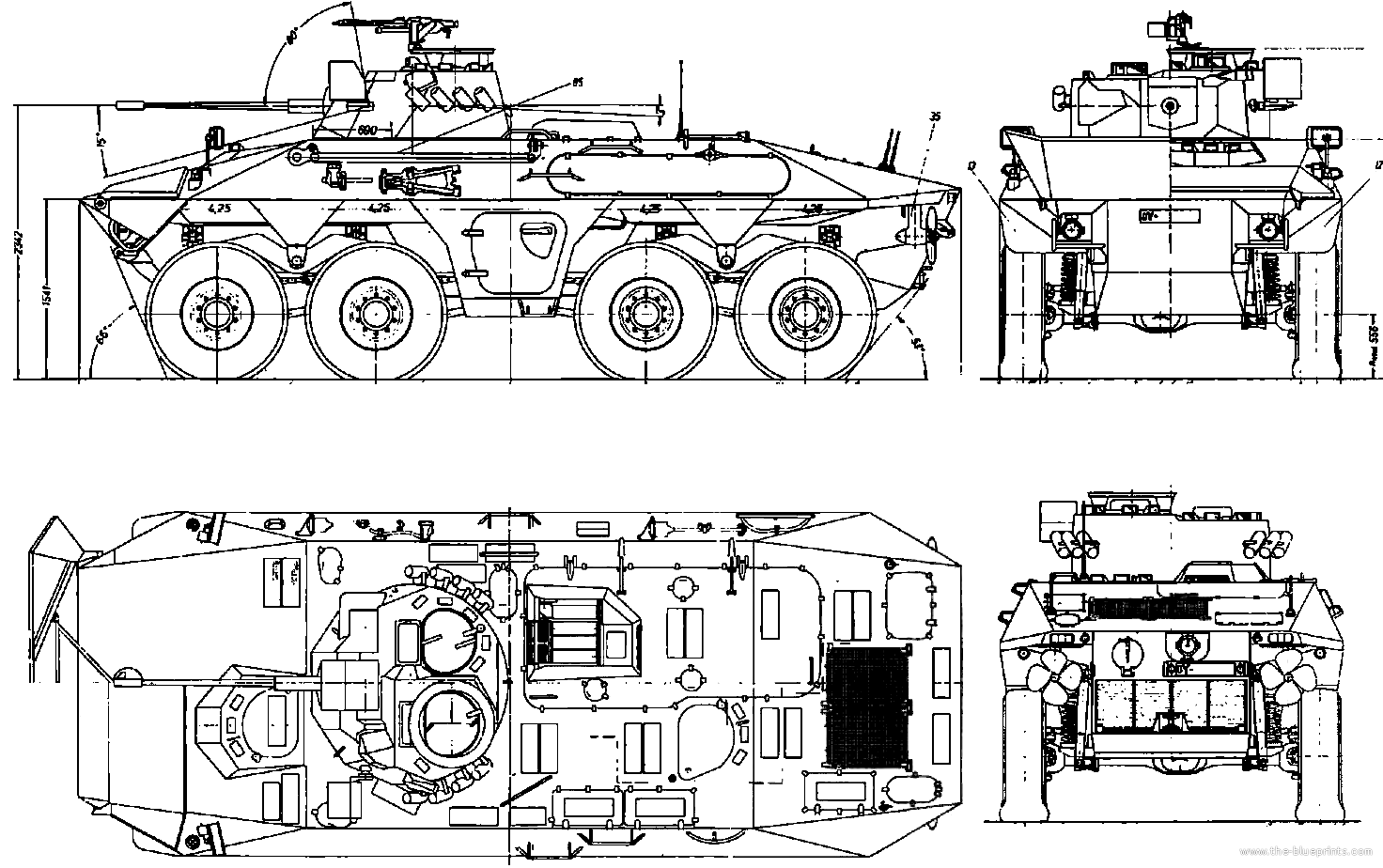
Hull and protection
The hull of the vehicle was about the size of the Sd.Kfz.234, which was a sort of starting point. The WW2 vehicle measured 6.02m by 2.36m wide and 2.10 m tall (19.9 x 7.9 x 6.10 feet), and weighter, battle ready on average 11.5 tons (25,000 lbs). It was protected from 30mm down to 5mm. The new Thyssen-Henschel Luchs was much larger with an overall length of 7.74 m in lenght, 2.98 m wide and 2.84 m in height, which traduced by a much increased weight to 19.5 tonnes. It had a 440 mm ground clearance. Weight repartition was 2×4,8 t forward and 2×5,0 t aft. The other difference was the engine, a robust Benz 10-cylinder multi-fuel engine rated for 390 hp instead of the weak 155 hp unit of the WW2 vehicle. Thanks to this, the Luchs had a power-to-weight ratio and performances WW2 crews could have only dreamed of.The hull recalls the general design of the Swiss Pirahna and other contemporary designs, and it was prismatic in section, with a pointed nose and well sloped aft section, the entire lenght having not single flat surface. The sides were cut by the middle (above the roadhweels) to present sloped lower and upper surfaces. The lower nose had a two-part break and the nose had a very sharp angle to maximize armour. Like Soviet BTRs, access was at the lower angle of the side hull, in between the two axles pairs, at the rear of the combat compartment. The driver generally accessed and exited thoough its own hatch.
In addition the nose forward section presented an articulated trim vane, which also acted as extra add-on armour. The whole aft engine compartment occupied mouch of the space as the transmission, the crew compartment being located forward. The driver was located at the end of the nose slope, just before the flat section and turret, on the left side. It had a small hatch sliding back from a pivot to the left, and three optical blocks forward, with the central one swappable for a IR unit for night driving. Behind him was located the main fighting compartment where were located the two other crew member, so all roughly on the 1/2 forward section of the vehicle. The rear driver was located further aft, on the same side as the forward driver, and of course facing rearwards, which became forward in reserve. He was given the exact same dahsboard and instrumentations, same hatch and sights.
Details of the turret at Aalborg Forsvars Garnisonsmuseum.
As for protection, the hull was armoured on all angles, but only proof against 20 mm AP rounds on the nose and front angles, and heavy machine guns, 14 mm all around. Precise figured of the RHA thickness are not yet declassified. There was also an integrated NBC protection and ventilation system (slight overpressure) to operating in saturated/toxic environments. For active protection, the turret was equipped with two sets of four smoke dischargers, one per side. There was also a Halon automatic extinguisher system in the engine compartment, but not in the fighting one. It seems no particular measure was taken for the relatively small 20 mm belt rounds either.
Mobility
In the rear compartment was located the Daimler Benz OM 403A 10-cylinder multifuel rated for 287 kW (390 hp) at 2500 rpm, procuring the near-20 tonnes Luchs a still appreciable 14.6 kW/t power-to-weight ratio. Its steering comparised Four-wheel drive and four-wheel steering fore and aft (solidary axles), but also propeller drives aft in the water when swimming. All A1 vehicles were able to swim to circa 11 kph on water. The Luchs, like WW2 armoured cars, was capable of driving forwards and backwards if needed, hence the rear driver doubling as radio operator aft of the turret. On road, the Luch A1 was capable of reaching 100 km/h but it fell to 90 km/h on the A2 version. Its driving range on flat was approximatively 800 km with internal fuel only.
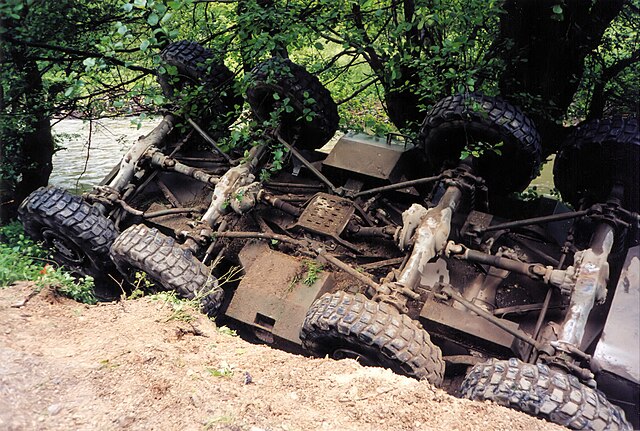
As tested, the Luchs was shown able to climb a 0.6m wall or vertical step, cross a 1.90 m dicth, and having a turning circle of 12.05 m. Its heavy weight meant only riverine operations when swimming, it was not intended to be tested at sea. When swimming the drive shifted to the propellers, four bilge pumps activated and the trim vane raised up to the level of the turret roof.
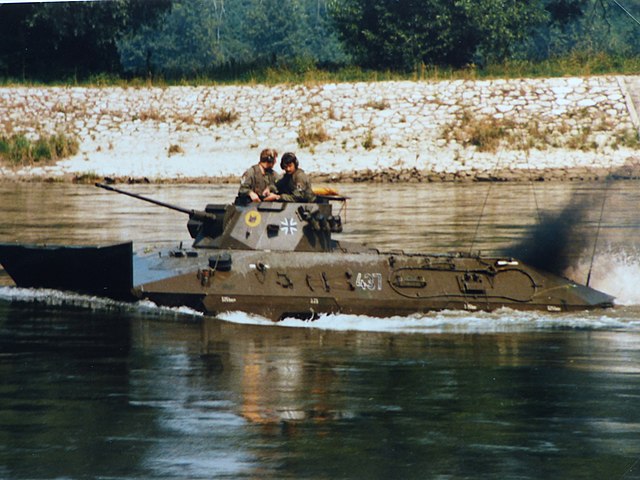
Armament
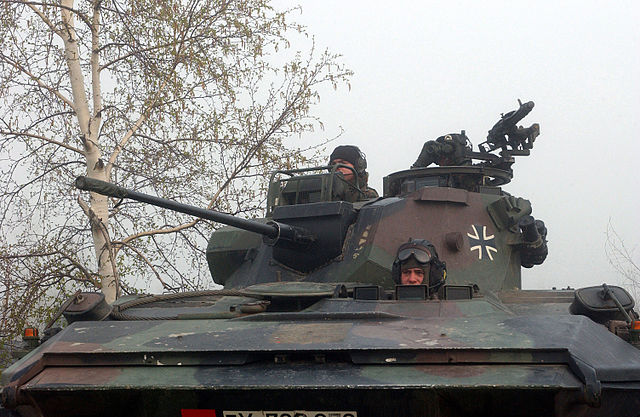
In the center of the turret was installed the main Rheinmetall Rh 202 cal. 20 mm autocannon. Its rate of fire was between 800 and 1000 rounds/min, range up to 2000 m, but accurate, main combat distance of 800 m. It was fed by a double belt on either side, from version A1. It fired either AP-T, HE-T rounds and tracers. An excellent gun, it was also mounted on other vehicles, including the tiny Wiesel AWC. Main gun ammunition supply consisted in 500 rounds (2x250) ready feed and reserves in mounts behind the tank turret. In complement was installed a MG3 cal. 7.62 mm located on the commander's cupola, installed on the rotating ring mount for AA and close-in anti-infantry defence.
This is very much a 1st gen armament, with no fire control computer, no stabilization, manual and electro-hydraulic traverse and elevation, but still the gunner's thermal imaging device and WBG for the commander via light-pipe. The driver has a more crude residual light intensifier.
SpPz A2 version and upgrades
From the mid-1980s, combat effectiveness needed improvements, and the vehicle received all the thermal imaging target and observation device and other system. Being already at the fringe, the increased weight of the SpZ.2A2 meant a loss of independent swimming ability. Some models also had been upgraded by installing a GPS navigation system, a gyro compass and an additional radio data transmission antenna. Other equipments comprises SEM 25/35 walkie-talkies, XK 405 HF shortwave radio (for long ranges), SEM 80/90 walkie-talkies (from 1986) indispensable for its ground reconnaissance role.More importantly it had a modernized communication suite, with a HF long-range radio AN/GRC 9 with + LV 80 100 Watts RF amplifier (for Morse Code) later replaced by the XK 405 100 Watts SSB HF radio made by Rohde and Schwarz and new SEM 80/90 radio system.
For necessary upgrades, vehicles were retrofitted in 1980-1983 with a double belt feeder (DGZ) for optionally explosive incendiary and hard core ammunition (LUCHS A1). From 1985, the thermal imaging device was introduced from the SpPz A2 onwards, aliminating the old IR/white light aiming spotlight. After an accident in the Danube near Eining on July 18, 1986 with a Luchs A2 sinking. All crew members were able to leave the vehicle and survive, but amphibious swimming was discontinued due to the increase in weight and center of gravity associated with the conversion. The vehicle no longer had swimming clearance.
Operational Deployment
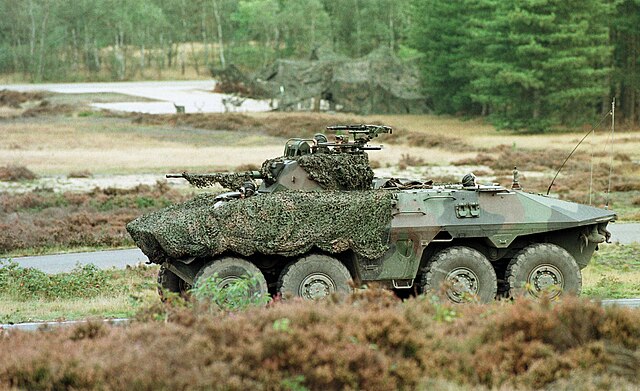
SpPz 2A2 as of the 2000s in manoeuvers.
Due to its elaborate engine noise insulation, the lynx was very quiet, especially against a background of ambient noise, even at short distances. Safety precautions were taken for its operation and when on manoeuvre, it was only allowed to sleep on the ground in previously specially designated areas, otherwise the risk was for sleeping soldiers to be run over as all happened in complete pitch darkness. Despite the use of the thermal imaging devices, the crew did not always checked for thoese who might be sleeping nearby.
Apart numerous NATO exercizes in the 1980s and up to the fall of the Berlin wall, the Luchs also took part in foreign interventions, UN-sanctioned: Notably the Bundeswehr intervened in the Balkans, Croatia and Bosnia-Herzegovina within IFOR (1995–96), SFOR (1996-2004) and EUFOR (since 2004) but also in Kosovo with KFOR (since 1999). In addition to reconnaissance and patrol roles, the "Luchs" was also used as convoy escort on small roads impassable to heavier vehicles. Some were even specially used again for this purpose, notably with the "command and information Army system" gaining more combat value.
The Luchs has been retired from service recently, but it served with brigades of the army's stabilization forces, alongside the Fennek reconnaissance vehicle in battalions emerging from the armored reconnaissance officers of the army reconnaissance troop newly formed in 2008. The last 68 vehicles were decommissioned in 2009, replaced by the Fennek. A pre-series and series vehicle are now in the collection of the Munster Tank Museum. Since the, the "Lynx" has been replaced by a much larger vehicle, still 8x8, the 35-40 tonnes GTK Boxer, also much better armed and stuffed with modern sensors, digital combat systems and displays. A true technological gap since the early 1970s.
Spahpanzer Luchs 1A1 specifications |
|
| Dimensions | 7.74 x 2.98 x 2.84 m |
| Overall Weight | 19.5 tonnes |
| Crew | 4 |
| Propulsion | Daimler Benz TD OM 403A 10-cyl. 390 hp, 20 hp/ton |
| Transmission | Renk |
| Suspension | 8x8 independent hydraulic shock absorbers |
| Speed | 90 km/h roads, 10 km/h swimming |
| Range | 730 km |
| Armament | 20 mm Rheinmetall MK 20 Rh 202, 7.62 mm MG3 |
| Armor | See notes proof 14 mm fwd, 8 mm else |
| Total production | 408 1975-77 |
Read More/Src
"Nach weiteren Tests wurde 1971 der Entwurf von Daimler-Benz zur Beschaffung ausgewählt."Lloyd, Mark (1993). The Concise Illustrated Book of Tanks. Grange Books
German Wheeled Fighting Vehicles (Concord Mini Colour Series #7504) Michael Jerchel
Jane's Tank Recognition Guide (4th Edition) Christopher Foss
Spahpanzer 2 Luchs Armored Reconnaissance Vehicle (Armored Car Profile #1) by David Haugh
"Spahpanzer Luchs 2" (January 2002 Issue of Military Machines International Magazine) by Jochen Vollert
Vehicules Blindes de Combat a Roues 8x8 (8x8 Wheeled Armored Fighting Vehicles) by Yuri Obraztsov
Wheeled Armoured Fighting Vehicles: In Service by B.T. White
pzaufkl.de
globalsecurity.org
man.fas.org
army-guide.com
Photos by Massimo Toti
warwheels.net
armedconflicts.com
On en.topwar.ru
ulrichwrede.de
primeportal.net (same)
panzerbaer.de/
CC photos
de.wikipedia.org
Gallery
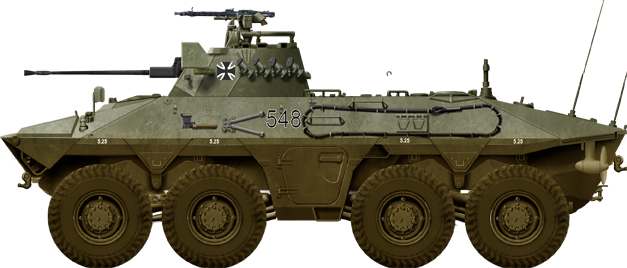
Luchs A1 from PzBrigade 36 at Bad Doberan, 1979
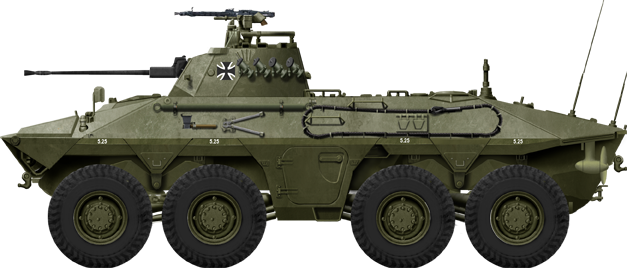
Luchs A1 from PzSpah Zug 360 at Bad Mergenthe, 1983
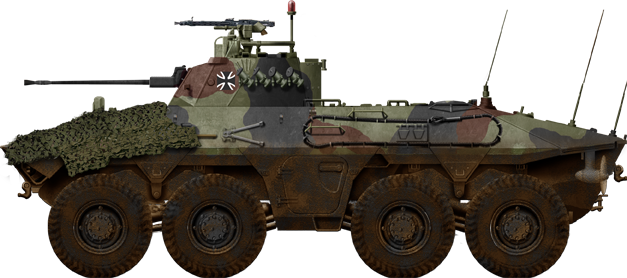
A2, last manoeuvers in 2005-2008
Luchs on display today and PZM Münster
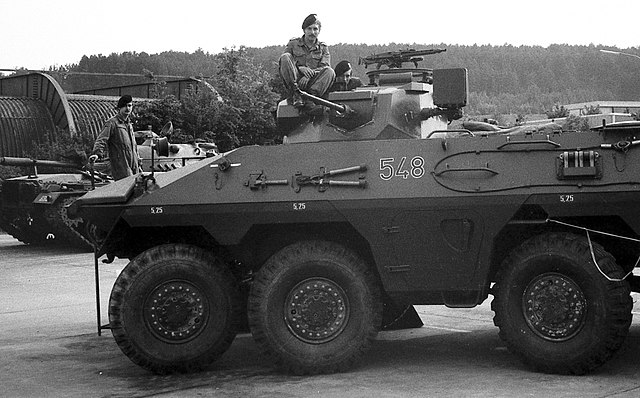
SpahPz Luchs from Brigade-Spahzug Pz.Brig.36 at Bad MGH Kuelsheim museum 1978
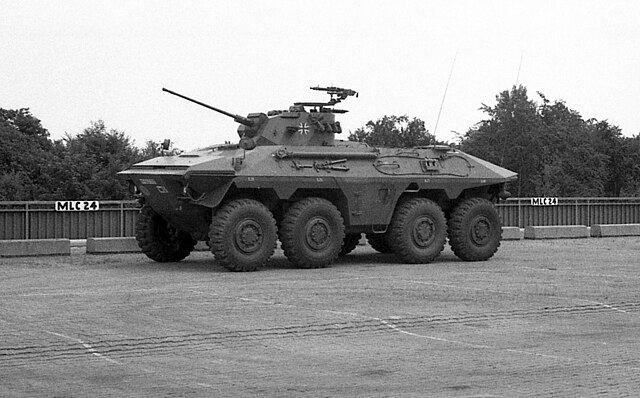
Luchs from the PzSpahZug 360 at Bad Mergenthe, 1983
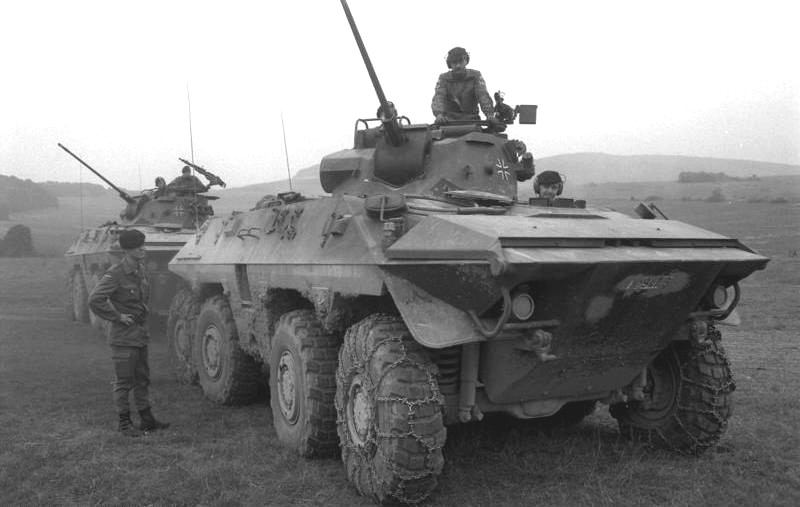
In 23 September 1986
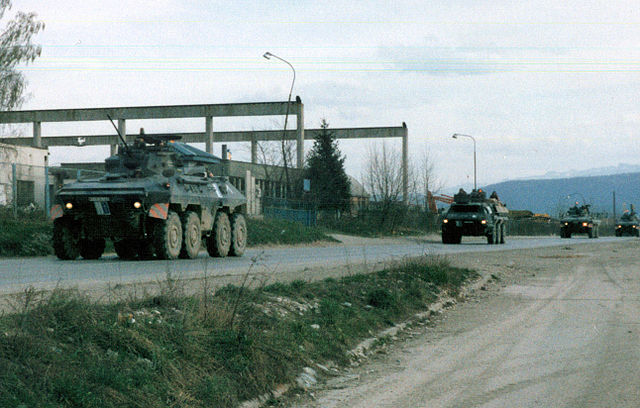
Luchs with SFOR in 1998
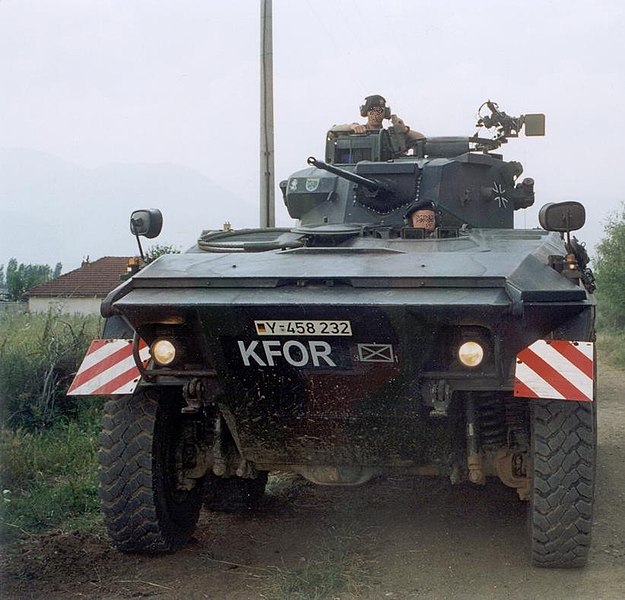
Luchs with KFOR, Kosovo 2002
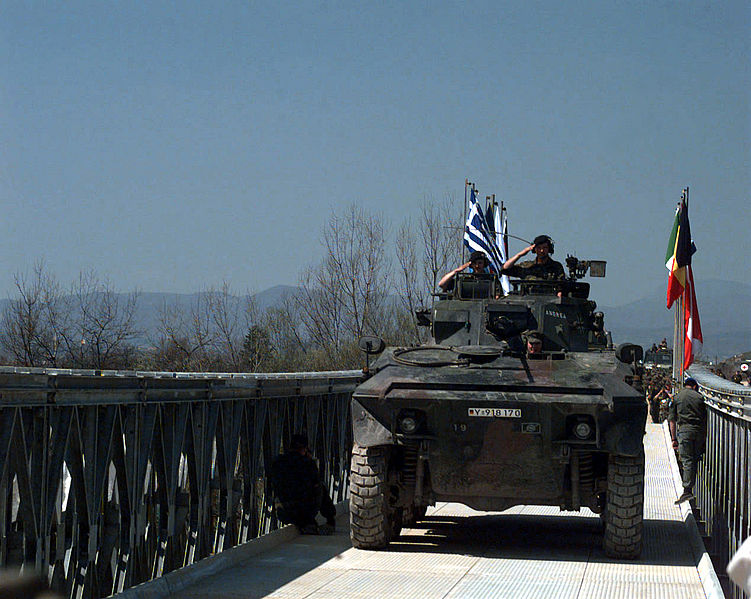
In the afternoon of the 21st of April, 1996, in the small town of Visoko, a German Army armored vehicle is the first to cross the sixty ton maximum load capacity bridge symbolizing the opening of the Visoko Bridge. The bridge was rebuilt by German and Romanian Army Engineers during the months of March and April, 1996. Before the rebuilding of the bridge, the surrounding area had to be cleared of mines that were laid after its destruction. The old Visoko bridge had been destroyed in the beginning of the confrontations between Bosnian Muslims and Bosnian Serbs.
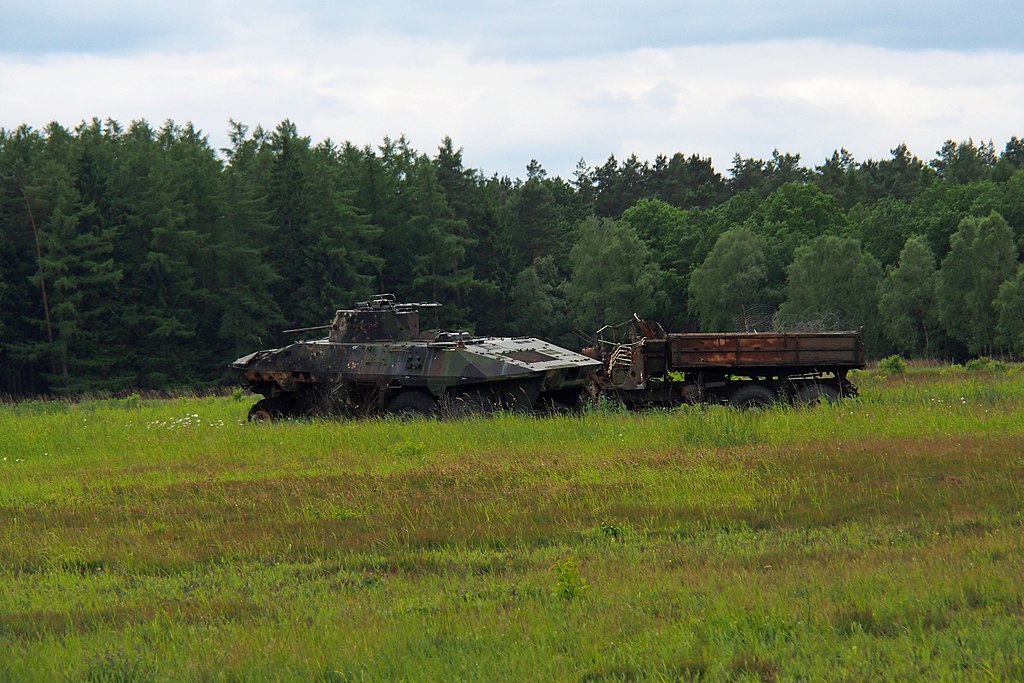
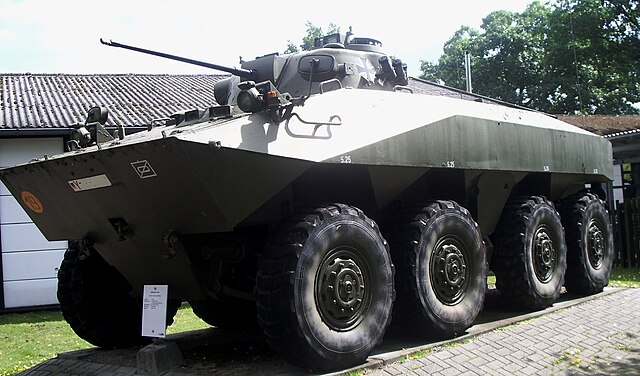
The prototype in munster today
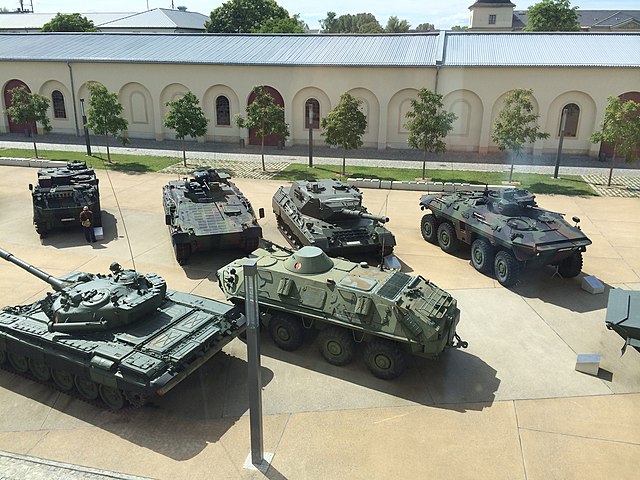
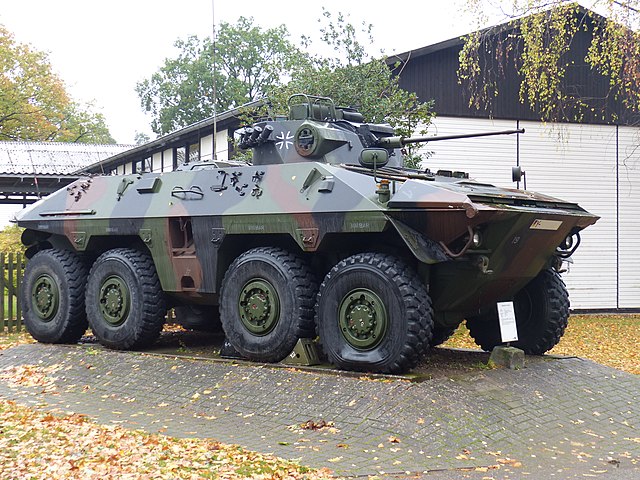
Today on display at PZM Münster
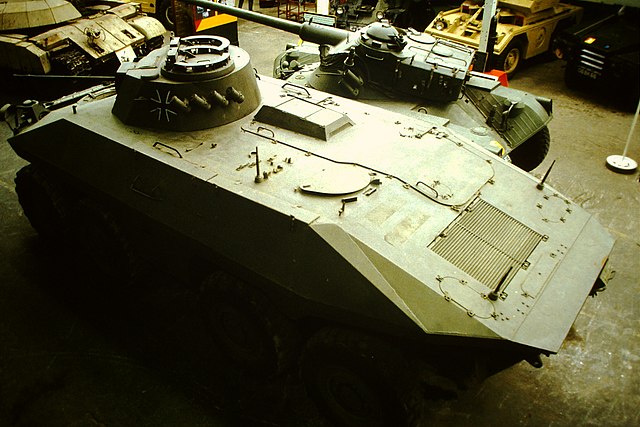
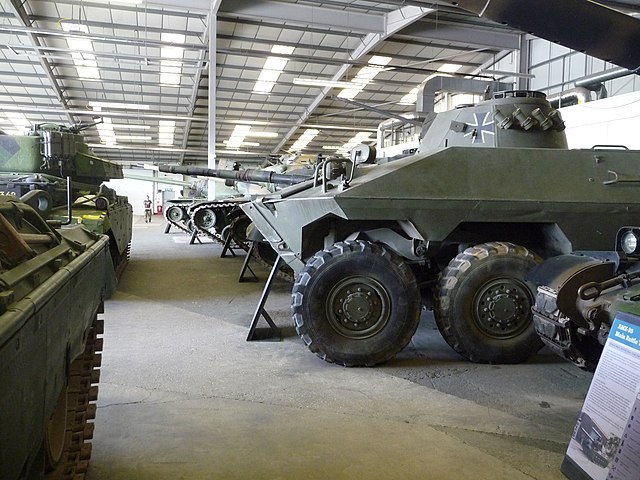
In Bovington, pre-serie vehicle.
Videos
The full story, by Ralf Raths at the Panzermuseum Münster. He starts with an interesting genesis from the experience gained in WW2 with armoured warfare and wheeled vehicle in North Africa and the Eastern front as underlying basis for work.
Official Bundeswehr footage
Same, prototype testings footage
Spähpanzer-SpPz 2 Luchs original footage.

Cold War Tanks


































Cold war tanks posters

Cold War Main Battle Tanks

Cold War Soviet Army
Museums, Movies, Books & Games
The Tanks and Armor in pop culture
Tanks and armored vehicles in general are only really grasped when seen first person: The mass, the scale, it's all there. Explore also the way tanks were covered in the movie industry, in books and in video games.Movies:
Best tanks movie on warhistoryonline.com
On imdb.com
On bestsimilar.com/
miltours.com
liveabout.com/
watchmojo.com
Video Games:
pcgamesn.com
historyhit.com
levvvel.com
vg247.com/best-tank-games
mmobomb.com/
alienwarearena.com


